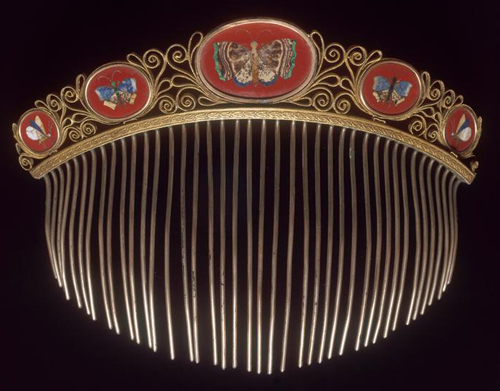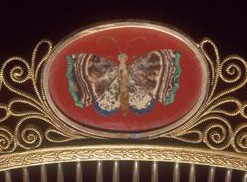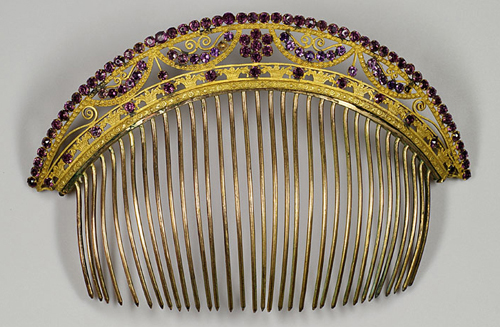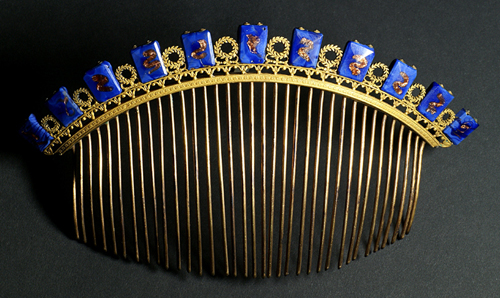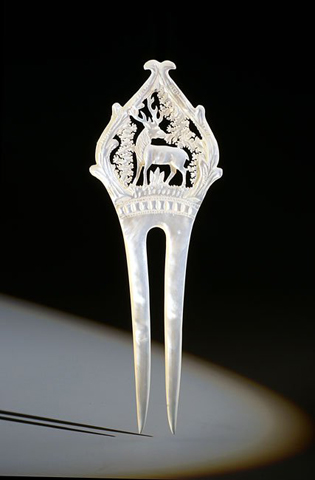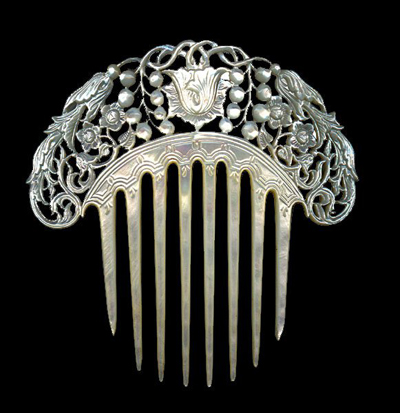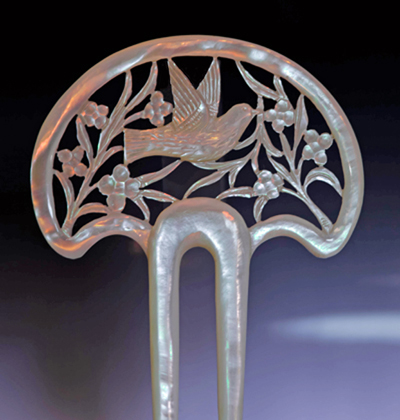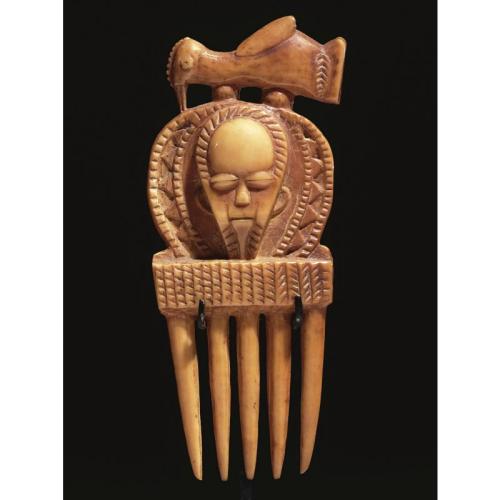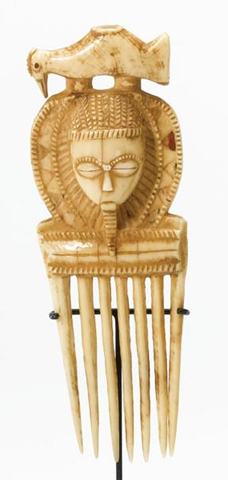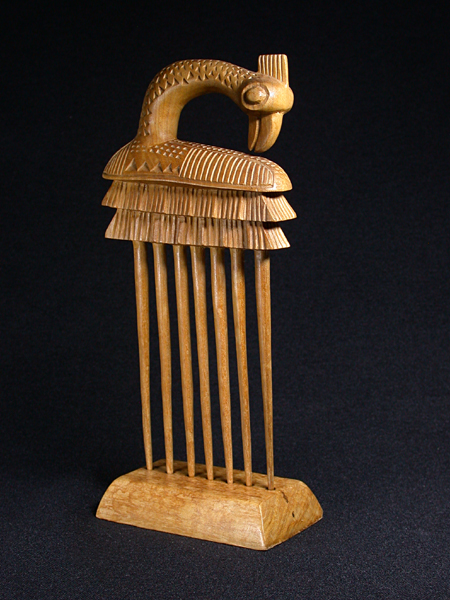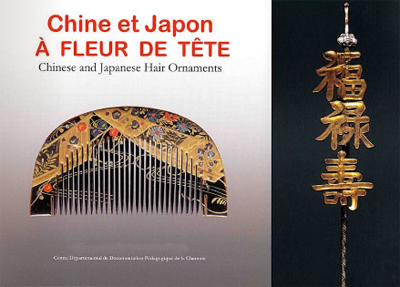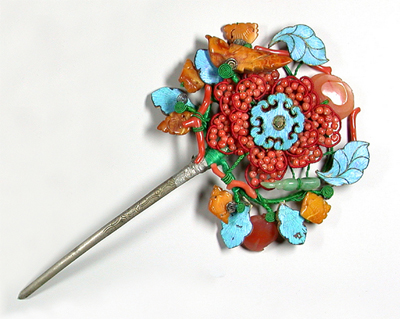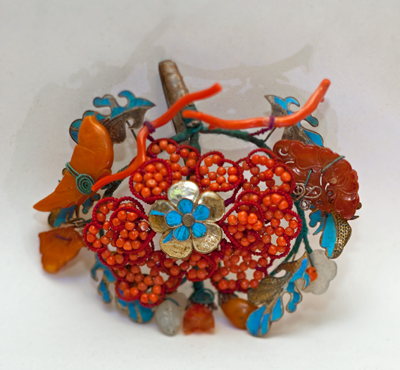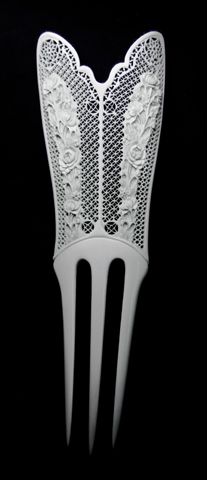One way to follow human civilization’s advancement is to study the H comb, as it went from utilitarian lice extractor to life-revealing work of art. The French carved masterpieces into their liturgical and secular ivory combs. Turkic tribesmen in Central Asia attached silver frames to wood, and decorated them with carving and jewels. Every H comb has larger, more spaced tines on one side, and delicate thin tines on the other.
In Persia, artists painted colorful miniature scenes of Sultans and their women, which represented the way people ate, drank, dressed, cooked, and spoke to each other in Persian society. Here are three examples from The Creative Museum.
Sultans, eating.

Sultans playing polo?

This comb is missing its close-knit tines on top, but the painting on ivory is detailed and in excellent condition.

The back has a floral design.

In this example, the woman on the far left is using a decorative comb to hold her scarf in place.

So what do you think are they doing to the chickens?


